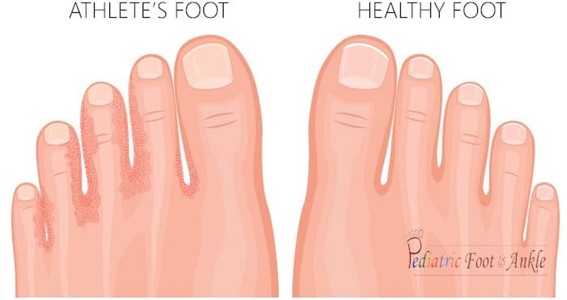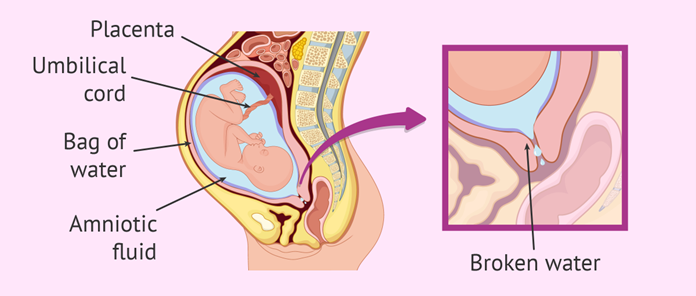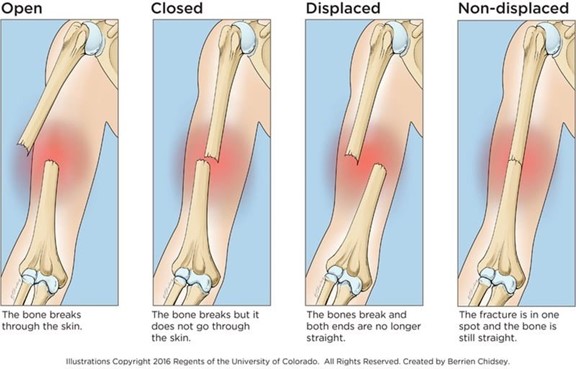The client tells the practical nurse (PN), "I have been applying triple antibiotic ointment to my athlete's foot for the past two days, but it still itches." How should the PN respond?
Antibiotics take a week to be effective against the infection.
Athlete's foot is a fungus. Antibiotics will not relieve symptoms.
When the itching stops, continue to use the ointment for two weeks.
A thick layer of the medication is needed to stop the itching.
The Correct Answer is B
The PN should inform the client that athlete's foot is a fungal infection and that antibiotics are not effective against fungi. The client needs to use an antifungal medication to treat the infection. The other options are not accurate or appropriate responses.
Antibiotics take a week to be effective against the infection (A) is not accurate because antibiotics are not effective against fungal infections.
When the itching stops, continue to use the ointment for two weeks (C) is not appropriate because the client is using the wrong type of medication.
A thick layer of the medication is needed to stop the itching (D) is not accurate because the client is using the wrong type of medication.

Nursing Test Bank
Naxlex Comprehensive Predictor Exams
Related Questions
Correct Answer is D
Explanation
An increasing trend in maternal heart rate is a sign of fetal distress, which can be a serious complication of PROM. One of the primary interventions for fetal distress is to increase oxygen delivery to the fetus. The practical nurse should initiate oxygen via face mask at 8 to 10 L/min to improve fetal oxygenation.
Contact precautions may be necessary for certain conditions, but they are not indicated for an increasing maternal heart rate.
Inserting a urinary catheter may be appropriate for monitoring output, but it is not the first priority in this situation.
Encouraging the client to push is not appropriate because the client is not in active labor and pushing can cause further complications.

Correct Answer is B
Explanation
Repeated visits to multiple emergency departments for various injuries or complaints can be a red flag for possible child abuse. The other options may indicate other issues or concerns, but they do not provide as much reason to suspect child abuse as the history of repeated visits to different emergency departments. It is important for healthcare providers to remain vigilant for signs of child abuse and to report any suspicions to the appropriate authorities.

Whether you are a student looking to ace your exams or a practicing nurse seeking to enhance your expertise , our nursing education contents will empower you with the confidence and competence to make a difference in the lives of patients and become a respected leader in the healthcare field.
Visit Naxlex, invest in your future and unlock endless possibilities with our unparalleled nursing education contents today
Report Wrong Answer on the Current Question
Do you disagree with the answer? If yes, what is your expected answer? Explain.
Kindly be descriptive with the issue you are facing.
